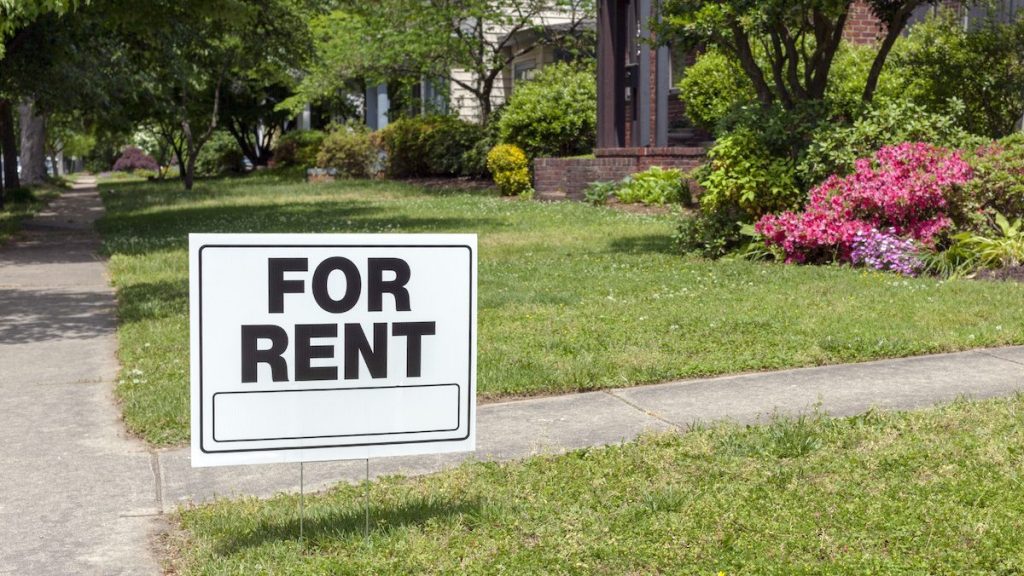Guild Mortgage rolled out a new program, aimed at first-time homebuyers, which will accept rental payment records and residual income history in place of credit scores.
If the borrowers’ report from financial tech company FormFree, which provides the rental payment history and residual income analysis, shows consistent payment records, the borrowers may qualify to receive a lower interest rate and lower fees, according to a statement from Guild Mortgage. The program is available for several home loan types, including Federal Housing Administration (FHA), United States Department of Agriculture (USDA) and Department of Veterans Affairs (VA).
“A lack of credit history is a major obstacle faced by some first-time homebuyers, particularly minority homebuyers who are almost twice as likely not to have a credit score,” said David Battany, executive vice president of capital markets at Guild Mortgage.
Typically, borrowers who do not have a credit score are charged higher fees and higher interest rates. By bringing in additional data to fill a mortgage lender’s credit score blind spot, it could potentially result in a lower interest rate, which for some users may determine whether they qualify for a home loan, Battany added.
FormFree’s proprietary analysis of bank transactions is retrieved directly from financial institutions with consumers’ explicit consent, according to Guild Mortgage.
About 19% of adults in the U.S. do not have a traditional score, according to the Consumer Financial Protection Bureau’s (CFPB’s) “Data Point: Credit Invisibles” report. Of those with no credit score, 8% have a “thin or stale” score file, making it impossible to generate a current, valid credit score for those borrowers. An additional 11% are considered “credit invisible” because they don’t have a credit file with any of the three major credit bureaus — Equifax, Experian and TransUnion.
Deeper asset history unlocks new lending opportunities
Until recently, lenders have taken a “less is more” approach to collecting asset documentation, and understandably so. It’s time for lenders to rethink how much asset history they should request during the VOA step.
Presented by: FormFree
About 15% of Black and Hispanic applicants are credit invisible, compared to 9% of white and Asian applicants, the CFPB said. An additional 13% of Blacks and 12% Hispanics have unscored reports, compared to 7% of whites.
“This issue is not unique to Hispanics, as other minorities and younger millennials also are disproportionately represented in the number of people considered credit invisible,” said Gary Acosta, co-founder and CEO of The National Association of Hispanic Real Estate Professionals (NAHREP).
“One of the biggest challenges for the mortgage industry in the coming years will be finding new metrics to predict financial capacity and evaluate credit worthiness,” Acosta said.
Guild, a purchase-focused lender with a distributed retail model, reported a $208 million net income in the first quarter, propelled by the servicing portfolio as origination volumes and margins were compressed.
The lender reported $6 billion in origination volume in the first quarter, down 31% quarter over quarter and 38% from the same period in 2021. Purchase loans represented 66% of total origination volume.
Guild Mortgage’s gain-on-sale margin on pull-through adjusted locked volume declined from 3.94% in the fourth quarter of 2021 to 3.34% in the first quarter of 2022.






